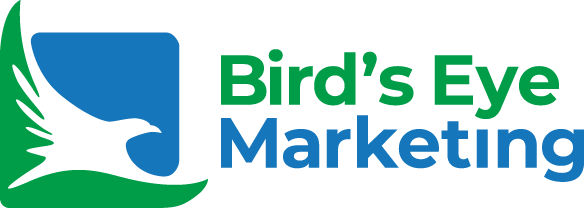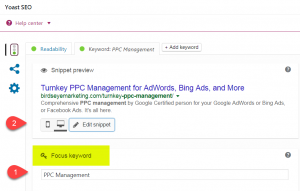Search Engines learn about and rank your web pages using your SEO meta titles and descriptions. Meta sounds like code and techie talk because it is. You can still make your meta tags without using code or going techie. Here’s how.
There are a lot of great content management systems for websites nowadays, and odds are, your website is built on one of them. Whether you’re using WordPress, Shopify, Drupal, or another popular CMS, there is a place in it for you to enter meta tags using plain English—no coding required.
Here’s how:
Shopify Users: Go to your Product Section. At the bottom of each product description, you will find the SEO description and title.
WordPress Users: Add an SEO plugin. The most popular one is Yoast SEO because it’s free, easy to use, and evaluates your SEO efforts throughout your site, offering tips on what and how to improve.
Using WordPress Yoast SEO
First, install and activate this free plugin on your website. Create a webpage about one of your products or services. At the bottom of the article, you will see the ‘Yoast SEO’ section. It will look something like this:
Insert your focus keyword for the page (#1), then click the ‘Edit Snippet’ button (# 2). You will now see a drop down section, pictured below:
Write your SEO Title, but bear in mind there is a happy medium between too few and too many characters. Don’t worry though; the plugin will make it obvious for you. As you write your title (make sure it includes your keyword), an orange bar will appear underneath informing you that you need more characters. Keep writing until the bar turns green. If you enter more than 170 characters, the bar turns red, meaning you have too many characters, which is not a good thing.
Next, enter your Meta Description (again, don’t forget to include your keyword). Like the SEO title, you will begin with an orange bar that turns green after about 150 characters. If the bar turns red, remove some characters. Easy, right?
Evaluating Your Page’s SEO
Here’s the best part of Yoast SEO: There’s a wonderfully simple and effective evaluation of your page’s SEO based on the focus keyword. See how Yoast evaluated my page, pictured below. There are some things I can fix, indicated by the red and orange dots, and there are some things that are good. The good outweighs the bad, so the page has an ‘ok’ check mark at the right side of the screen.
What to Meta Tag First
‘Tagging’ your pages with meta titles and descriptions will take a bit of time, but it’s worth it. Despite its importance in getting noticed in search results, many small businesses don’t make the time to do it properly. Those who do are the ones who will get noticed, get that ‘click’, and ultimately, get new visitors to their websites.
You don’t have to tag all your pages all at once. Start with your most important pages—your Home page and your products/services pages. Do a couple every day or week, and before you know it, you’ll be rising up in the search listings.




